Project Highlights
Read examples of how communities, companies, governments, and energy leaders are already using the Advanced Research for Integrated Energy Systems (ARIES) platform to achieve their energy transition goals.
Proving Ground To Transform Community Energy Systems
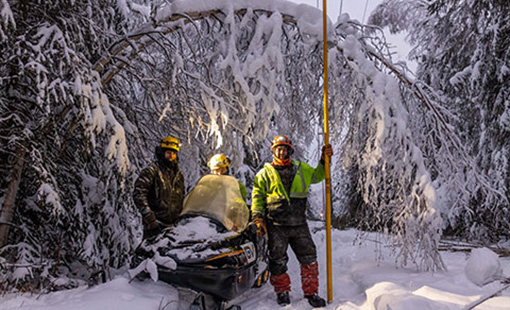
On Jan. 18, 2023, Secretary Granholm launched DOE's Clean Energy to Communities (C2C) program at the Conference of Mayors. C2C will provide up to $50 million in funding to help local governments, utilities, and community-based organizations achieve their clean energy goals. ARIES is already helping communities such as Fairbanks, Alaska, which is weighing if it should shutter a coal-fired power plant, by exploring what it would look like to replace the plant with wind/solar/storage and how it could be done without raising customer rates.
Energy Transformations for U.S. Ports and Transit Hubs
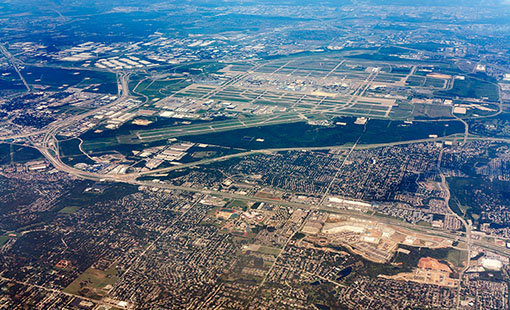
NREL modeled traffic flow at one of the busiest transit hubs in the world—Dallas-Fort Worth International Airport—by creating a "digital twin" of the airport with artificial intelligence tools to determine optimal designs and energy-saving decisions. This advanced modeling is helping other hubs consider how technologies such as electric vehicles and autonomous vehicles can be integrated into their own operations.
Hybrid Power Plants Maximize Value of Renewable Resources
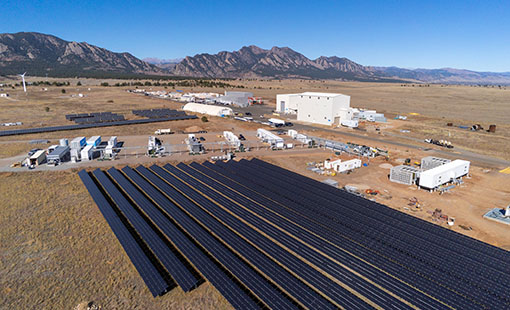
NREL is leading a national collaboration named FlexPower to pioneer new approaches for multitechnology power plants to provide grid services for resilient, stable, and efficient operations. The project brings together NREL, Idaho National Laboratory, and Sandia National Laboratories to develop a hybrid generation power plant enhanced with energy storage at NREL's Flatirons Campus. This electrons-to-molecules scheme will reduce costs via standardization and through the possibility of scaling up electrolyzer integration. Such hybrid power plants will accelerate the adoption of variable renewable energy and hydrogen storage by proving new value streams for these resources.
Speeding Cyber Innovation
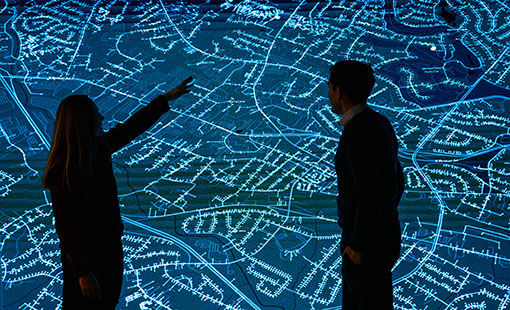
Using ARIES, the Clean Energy Cybersecurity Accelerator is identifying security gaps in the electric grid and expediting solutions to market. This technology partnership of federal experts, industry partners, and innovators accelerates the deployment of cybersecurity solutions for the nation's evolving grid. Using the ARIES Cyber Range, the accelerator provides an environment in which cybersecurity technologies can be evaluated against threat scenarios without putting customers or utility networks at risk.
Microgrid Model for Resilient, Local Energy
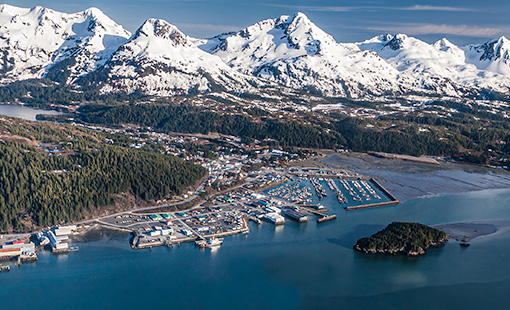
The city of Cordova, Alaska, is enhancing the resilience of its microgrid with support from ARIES. The resilience-enhancing technologies include energy storage; controls for hydropower resources; and a fleet of meters, sensors, and advanced zonal controls using smart metering infrastructure to manage recovery, improve resilience, and support the city's fishing economy by serving seasonal and critical loads. Using ARIES, Cordova validated its improved microgrid against plausible events, such as power loss from an earthquake or avalanche, allowing the local electric cooperative to observe and control the network with more precision. This is important for Cordova and indigenous communities throughout Alaska because microgrids are their last resort for energy, and controls make it easier to adapt during critical events.
See More Projects
Share
